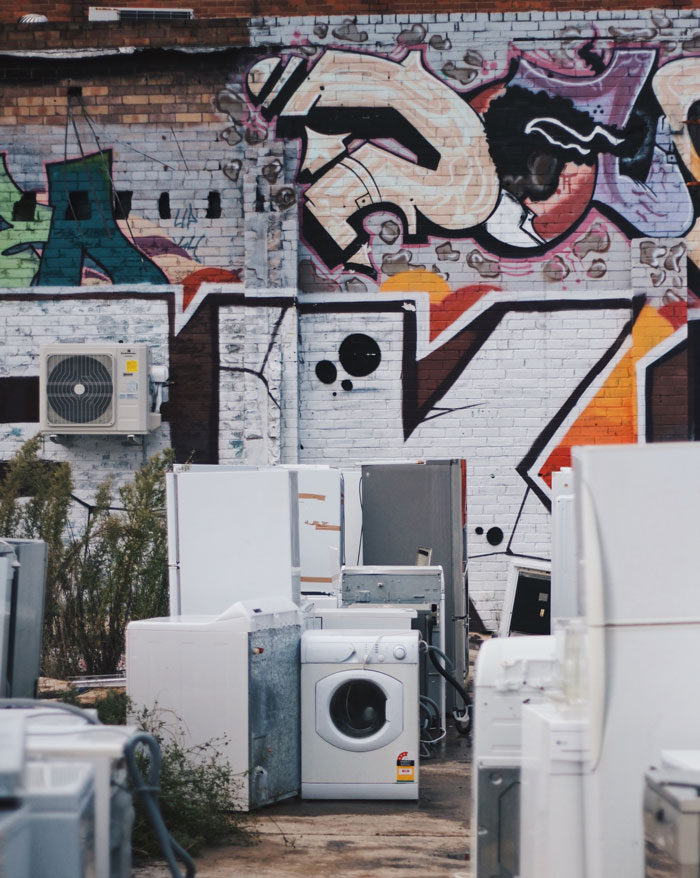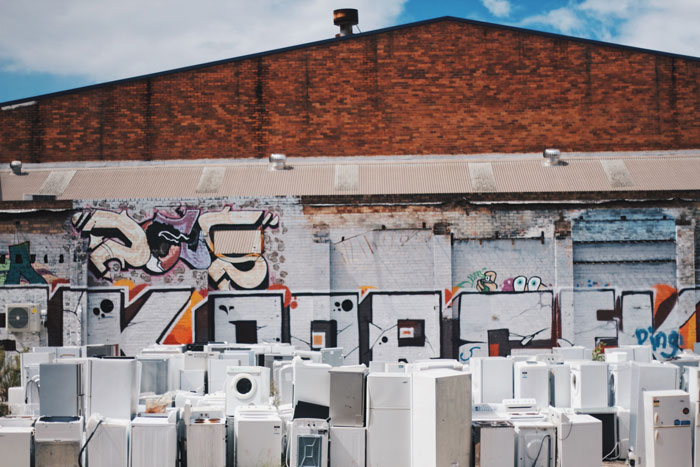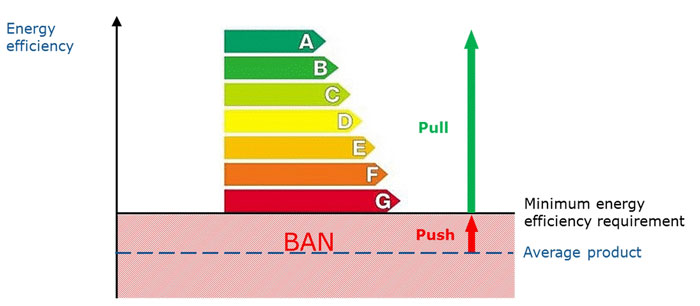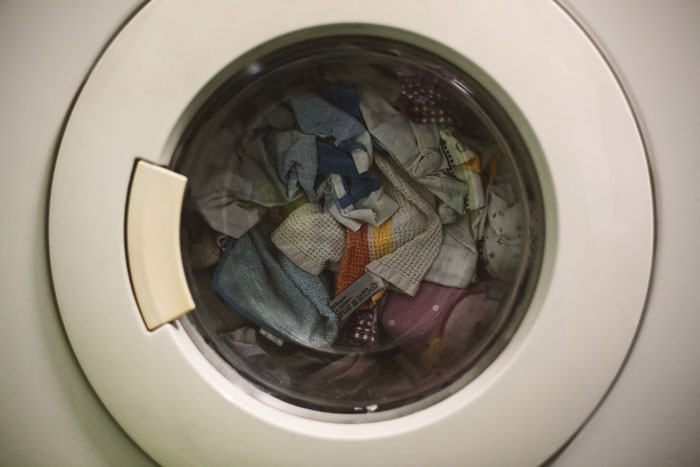Europe has been making steady steps towards a greener future for over 40 years now. Over that time, the EU has tackled a number of issues, like reducing greenhouse gas emissions and waste generation.
The European Commission’s latest green step forward is the regulation regarding ecodesign requirements. It aims to impose rules on household electronics manufacturers to design and produce more repairable (and thus more long-lasting) appliances.
More info: European Commission
The European Commission has enacted a regulation to push away the “throwaway” consumerism culture

Image credits: Janaya Dasiuk
The European Commission has a list of priorities that include the energy efficiency principle. This covers—among many other things—the push towards designing more repairable and thus more sustainable electronics for the European household consumer markets.
The EC’s new “Regulation laying down ecodesign requirements” dated 1 October 2019 covers a number of the most common household electronics. This includes refrigerators, light sources, electronic displays, dishwashers, washing machines, and a number of other appliances.

Image credits: Janaya Dasiuk
With this new regulation, the European Commission aims to reduce CO2 output and to save energy and water. More specifically, it is estimated that there will be over 46 million tons less CO2 put out into the atmosphere—this is on top of every other EU initiative that reduces carbon dioxide emissions.
Moreover, the EC estimates that it will manage to save 167 TWh on final energy per year by 2030. In context, this is roughly how much energy Denmark consumes annually.
“Right to Repair” rules apply to a number of appliances like washing machines, fridges & electronic displays

Image credits: Bryan Alexander
Water consumption is calculated to drop by up to 727 million cubic meters per year by 2030 because of washing machines and dishwashers alone. In total, the average European household will be able to save around €150 per year.
According to this new law, manufacturers will be obligated to have spare parts readily available for 7 to 10 years after the purchase of the product. Moreover, all parts will have to be designed in a way that would allow any repairer to fix them using common tools and without damage to the appliance.
The new regulation builds upon the Ecodesign Framework Directive & the Energy Labelling Framework Regulation

Image credits: European Commission
The “right to repair” regulation builds upon the Ecodesign Framework Directive and the Energy Labelling Framework Regulation, the latter of which is a common sight for Europeans. Eurobarometer studies show that 93% of Europeans recognize the energy labelling immediately and for 79% it was the deciding factor for purchasing the appliance.
Even though the ecodesign regulation applies to products made for the EU markets, the EC says that it is an example for other countries as they often model regulations after the EU. For example, California is the newest of the 20 US states to consider adopting similar “right to repair” legislature.
The regulation aims to save 167TWh of energy & 727M cubic meters of water per year by 2030.

Image credits: Dejan Krsmanovic
by Robertas Lisickis via Bored Panda - Source

No comments: